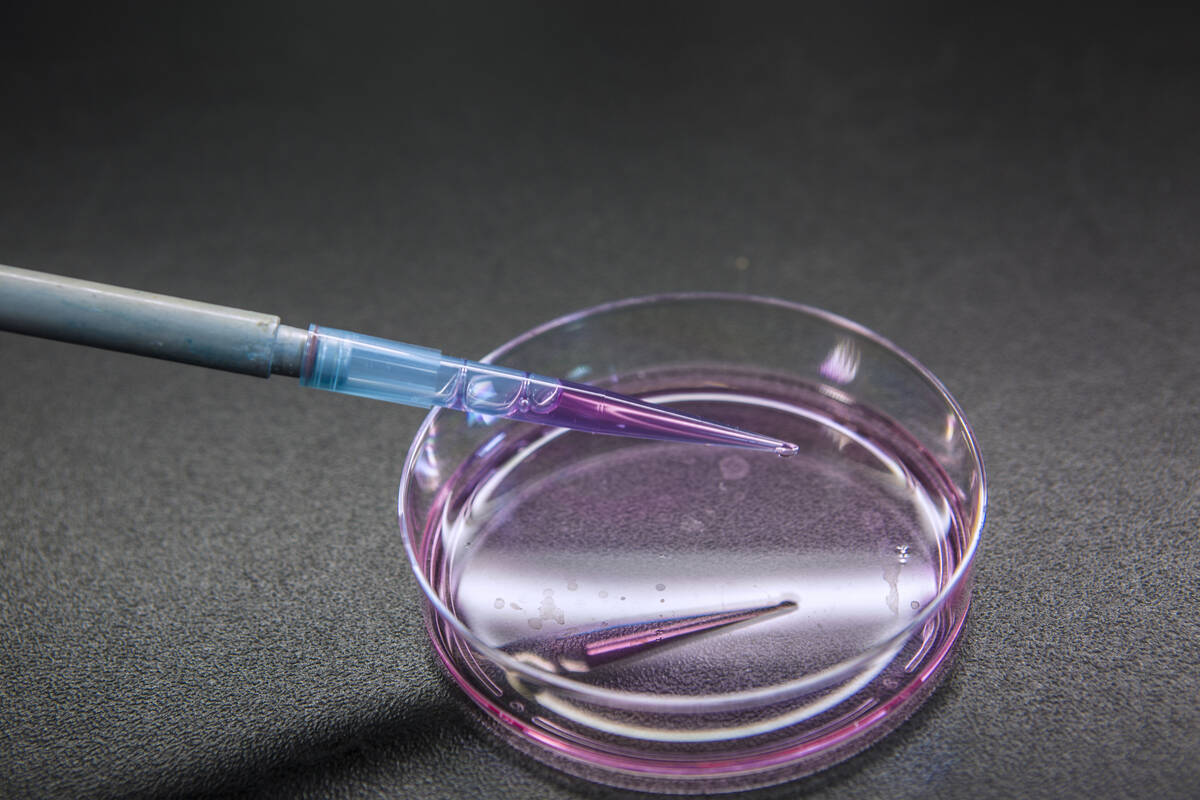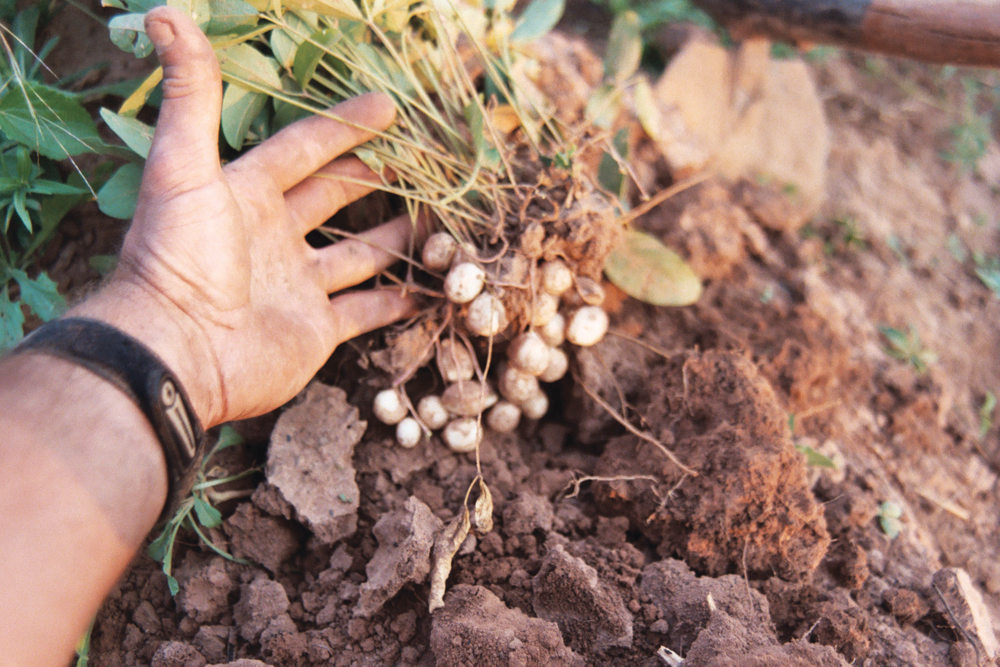Recent advances that allow the precise editing of genomes now raise the possibility that fruit and other crops might be genetically improved without the need to introduce foreign genes, according to researchers writing in the Cell Press publication Trends in Biotechnology on Aug. 13.
With awareness of what makes these biotechnologies new and different, genetically edited fruits might be met with greater acceptance by society at large than genetically modified organisms (GMOs) so far have been, especially in Europe, they say. This could mean that genetically edited versions of GMOs such as “super bananas” that produce more vitamin A and apples that don’t brown when cut, among other novelties, could be making an appearance on grocery shelves.
Read Also

Gene editing’s growing sway in plant breeding
Gene editing is becoming a baseline tool to drive innovation in Canadian crop research and new varieties.
“The simple avoidance of introducing foreign genes makes genetically edited crops more “natural” than transgenic crops obtained by inserting foreign genes,” said Chidananda Nagamangala Kanchiswamy of Istituto Agrario San Michele in Italy.
For instance, changes to the characteristics of fruit might be made via small genetic tweaks designed to increase or decrease the amounts of natural ingredients that their plant cells already make. Genome editing of fruit has become possible today due to the advent of new tools and also because of the extensive and growing knowledge of fruit genomes.
“We would like people to understand that crop breeding through biotechnology is not restricted only to GMOs,” Kanchiswamy said. “Transfer of foreign genes was the first step to improve our crops, but GEOs (genetically edited organisms) will surge as a ‘natural’ strategy to use biotechnology for a sustainable agricultural future.”















